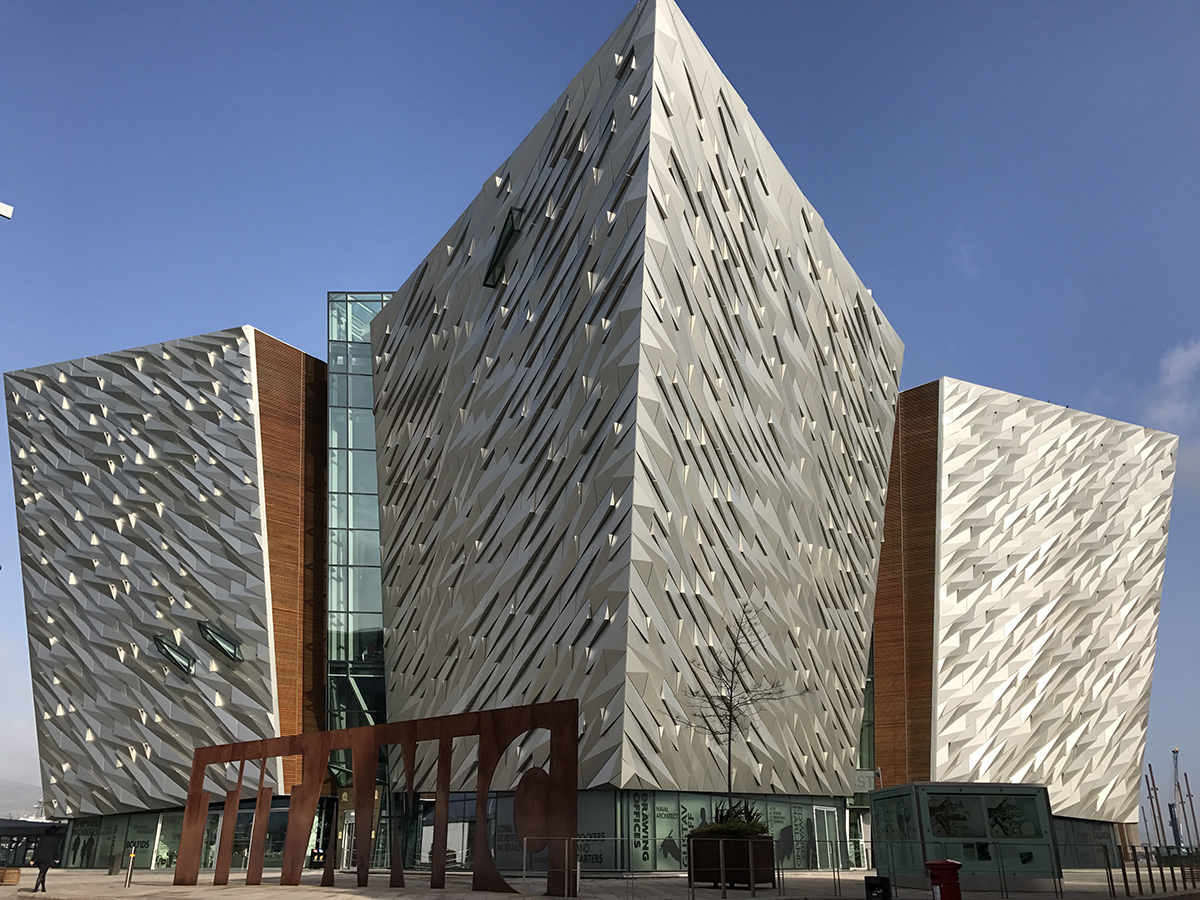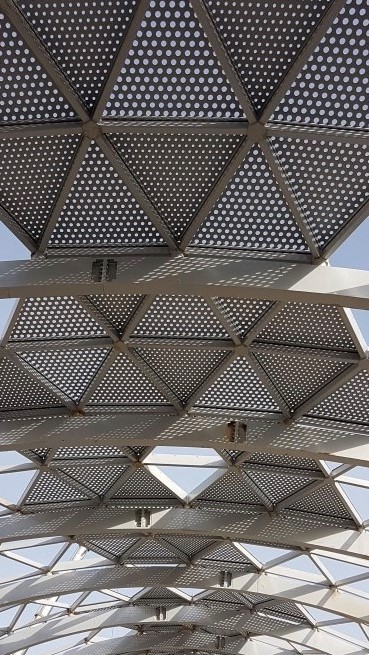
Manufacturing firms, who have always been at the forefront of innovation, are facing challenges that not too long ago, seemed unimaginable. They are being forced to rethink how they design whilst adjusting to a new normal in the wake of unprecedented change. Here, Philip West from Spanwall discusses the future of façades and how events have created a new set of design expectations throughout the building industry.
THERE is no denying that the events over the past few years have caused a massive shift in design trends as businesses adapt to a new normal and the changing needs of their users. Designers have experienced a monumental shift that provides them with a new opportunity to create innovative ideas that are shaking up traditional industry expectations.
Without a question, façade design is one of the most important elements in any building. Not only do they create that important first impression, but a well-designed facade has a monumental impact on how a building will operate, from both a structural and environmental point of view.
A façade acts as weatherproof shield whilst simultaneously enabling fresh air and light to enter the structure.
Sustainability will remain a key focus in the industry, from design concept stage right through to design development as firms continue to face increased pressure to incorporate more sustainable materials into their buildings – without compromising on the aesthetics or functionality of the design. Issues such as façade longevity will also be critical in ensuring a more sustainable build.
To a large extent the exterior façade controls the energy use of any building and new legislation which has been fuelled by the increasing need to reduce the carbon footprint of new developments, will see energy efficiency continuing to be an important factor in project design.

The next step in pioneering design is to find ground-breaking ways for facades to generate energy themselves. Solar panels have already been used to great success and it seems inevitable that research will develop new technologies for energy generation in the future.
The constant advancement of technology is a main driving force in façade design, creating intelligent solutions to previous project-stalling challenges. Sophisticated software continues to transform the design landscape, providing architects and manufacturers alike with new ways to create – streamlining the whole design process by encouraging a more collaborative and efficient approach.
Previous whispers of technology-driven builds have blown into booming conversations with things like generative design and robotic construction now being put on the table for consideration as manufacturers look for better ways of doing things. For façade designers, who regularly work with complex design requirements, the idea of an algorithm that predetermines design requirements and produces a range of possible options based on these, certainly merits serious consideration.
Smart building will continue to grow, with designers incorporating smart elements into façade designs creating products that are adaptable, durable, and intelligent – adding more value and functionality to buildings.
Performance testing is essential in façade systems and recent events have seen fire safety become a subject of nationwide concern, pushing for tougher legislation on building and fire safety. More accountability and new regulations will mean fire safety will be a key element when considering any facade design alongside the need for a better understanding of how buildings will operate under certain stresses, such as weather. Firms will need to adopt a holistic approach to any project, considering the wider building components to ensure a safe and comfortable build.
Pre-pandemic, ventilation was already a much-talked about topic when designing buildings, however the Covid-19 crisis, which seen people forced indoors, has brought these discussions to the fore in any planning conversation. As the need for good ventilation systems intensified, it has forced designers and manufacturers to look for better ways to create a healthy environment that safeguard a user’s health and wellbeing and we can expect future designs to incorporate elements that encourage improved air flow within the building.
The façade is the main external expression of architectural intent and although we are already seeing architects and developers become more ambitious in their design ideas, new design capabilities will drive even more complex creations, with an increase in curvilinear, free-forming architecture.
To conclude, the façade of the future will be responsive, innovative, and high performing and will play a crucial role in creating a more sustainable industry.












